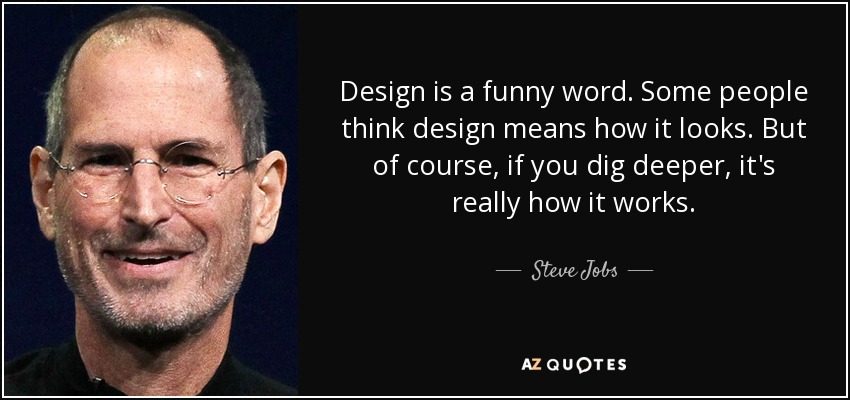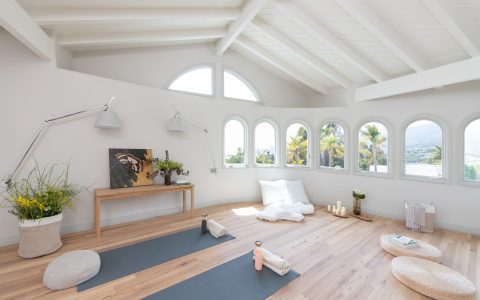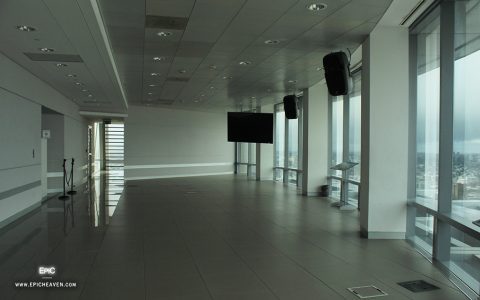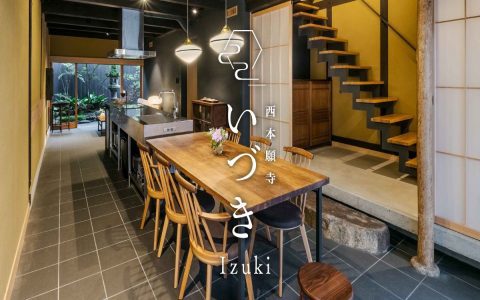Weird designs often defy conventional aesthetics and functionality, pushing boundaries and sparking curiosity. They can be intentionally provocative, humorous, or simply the result of a unique creative vision that diverges from mainstream expectations. These designs challenge our perceptions of what is considered normal or practical.
Characteristics of Weird Designs
Several key aspects often define designs perceived as "weird":
- Unconventional Material Use: Employing materials in unexpected contexts or for purposes they weren't originally intended for. For example, furniture made from recycled computer parts or clothing from non-traditional textiles.
- Form Over Function (to an Extreme): Prioritizing an unusual or striking appearance to such an extent that practicality is significantly compromised or becomes secondary. Think of a teapot with a handle too small to hold or a chair that is more sculpture than seating.
- Juxtaposition of Concepts: Combining disparate ideas or elements that don't typically belong together, creating a sense of surprise or cognitive dissonance. This might involve merging organic shapes with industrial materials in an unsettling way.
- Intentional Awkwardness or "Anti-Design": Designs that purposefully reject traditional principles of beauty and usability, sometimes as a commentary or to evoke a specific unsettling feeling.
- Surreal or Fantastical Elements: Incorporating dreamlike, impossible, or bizarre imagery and forms that transport the object or concept out of the ordinary.
- Unexpected Functionality or Purpose: Products that perform a task in a highly unusual manner, or objects with an ambiguous or deliberately obscured purpose.
The Impact of Weirdness:

While not always commercially viable in a mass-market sense, weird designs play a crucial role in the creative landscape. They can:
- Stimulate innovation by exploring new possibilities.
- Generate conversation and challenge preconceived notions.
- Provide humor and lighten the often serious world of design.
- Serve as artistic expression, blurring the lines between design and art.
Ultimately, what one person considers "weird," another might find brilliantly innovative or refreshingly different. These designs remind us that creativity knows no bounds.







